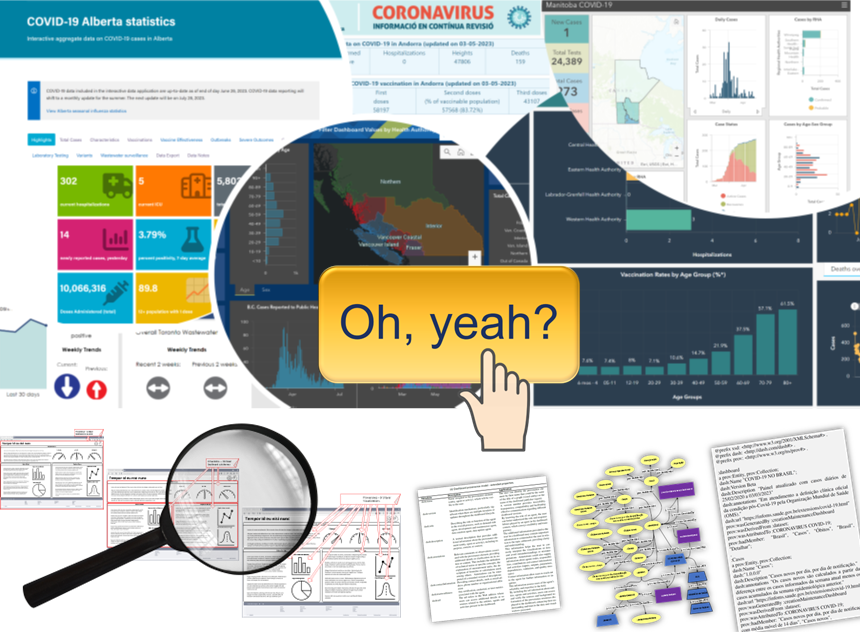Modeling the Dashboard Provenance
Johne Marcus Jarske, Jorge Rady de Almeida Júnior, Lucia Vilela Leite Filgueiras, Leandro Manuel Reis Velloso, Tânia Letícia Letícia Santos dos
Room: 110
2023-10-22T22:00:00ZGMT-0600Change your timezone on the schedule page
2023-10-22T22:00:00Z

Fast forward
Full Video
Abstract
Organizations of all kinds, whether public or private, profit-driven or non-profit, and across various industries and sectors, rely on dashboards for effective data visualization. However, the reliability and efficacy of these dashboards rely on the quality of the visual and data they present. Studies show that less than a quarter of dashboards provide information about their sources, which is just one of the expected metadata when provenance is seriously considered. Provenance is a record that describes people, organizations, entities, and activities that had a role in the production, influence, or delivery of a piece of data or an object. This paper aims to provide a provenance representation model, that entitles standardization, modeling, generation, capture, and visualization, specifically designed for dashboards and its visual and data components. The proposed model will offer a comprehensive set of essential provenance metadata that enables users to evaluate the quality, consistency, and reliability of the information presented on dashboards. This will allow a clear and precise understanding of the context in which a specific dashboard was developed, ultimately leading to better decision-making.